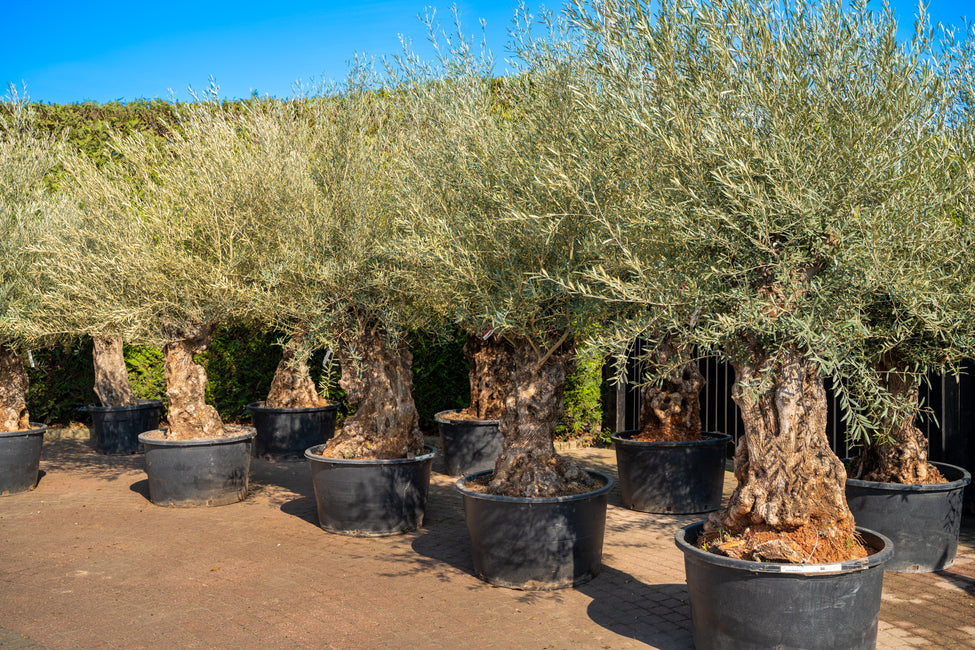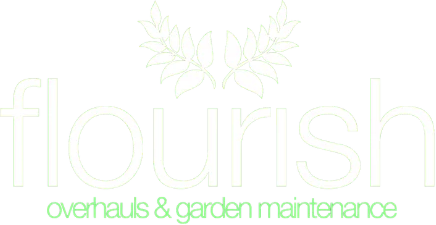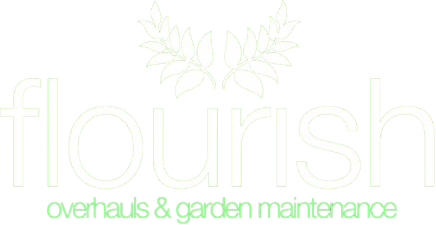
BIO HACKING
A term used to describe do it yourself biology.
Biohacking involves making changes to your lifestyle, diet and environment to optimize your body and mind.
Scientific evidence proves that plants and constant exposure to nature/gardening significantly boots mood & self-esteem in turn helping to improve physical, social and mental health
Biohacking
A term used to describe do it yourself biology.
Biohacking involves making changes to your lifestyle, diet and environment to optimize your body and mind.
Scientific evidence proves that plants and constant exposure to nature/gardening significantly boots mood & self-esteem in turn helping to improve physical, social and mental health
Some examples of Plants that can be used for biohacking
Eucalyptus – one of the tallest herbal medicinal trees. The essential oil contains eucalyptol, a compound that soothes the throat & supports the respiratory system. Crush a leaf and smell the intoxicating sweetness these beautiful trees provide.
Lavender – the calming fragrance of lavender is thought to provide relief from stress, depression and migraines. Lavender has various healing benefits ranging from inhibiting sleeplessness, rejuvenate skin, boost gut health alleviate menstrual cramps and PMS.
Rosemary – is rich in antioxidants and anti-inflammatory compounds, fights bacterial infections, improves mood, its used in many culinary dishes with much more medicinal and sensory purposes.
Olive tree – a symbol of friendship, cleansing and healing. Studies show that olives may protect against osteoporosis. Olives are rich in vitamin E which is vital for good immune and skin health
Fruit trees – apple, pear, cherry, grape, fig - Fruit trees offer a wide range of benefits ranging from nutritional and economic advantages to environmental and aesthetic contributions. Here are some key benefits associated with fruit trees:
Nutritional Value:
Edible Fruits: Fruit trees produce nutritious and often delicious fruits that are rich in vitamins, minerals, fibre, and antioxidants. These fruits contribute to a healthy and varied diet.
Environmental Benefits:
Carbon Sequestration: Like all trees, fruit trees absorb carbon dioxide and store carbon, helping mitigate climate change.
Oxygen Production: Fruit trees release oxygen during photosynthesis, contributing to improved air quality.
Soil Conservation: The root systems of fruit trees help prevent soil erosion, improving overall soil health.
Biodiversity Support:
Pollinator Support: Many fruit trees rely on pollinators like bees, butterflies, and birds. By supporting these pollinators, fruit trees contribute to broader ecosystem health.
Aesthetic Value:
Landscaping: Fruit trees enhance the aesthetic appeal of landscapes, gardens, and urban areas, providing shade and seasonal beauty.
Variety: Different fruit trees offer a diversity of colours, shapes, and sizes contributing to visual interest.
Carbon offsetting
A carbon offset broadly refers to a reduction in GHG emissions, or an increase in carbon storage through land restoration or the planting of trees & plants.
While trees have long been used for carbon sequestration, native grasses are increasing in popularity for this purpose, plants such as miscanthus have deep complex root systems that are ideal for storing carbon in the soil.
Some examples of Trees and plants ideal for carbon offsetting:
Oak trees – one of the best trees for absorbing carbon thanks to their large canopies, dense wood and long lifespan.
Pinus nigra (tree and shrub)
Taxus baccata (large shrub, topiary + various forms)
Fagus sylvatica (tree + hedging)
Sycamore (tree)
Gingko biloba (tree)
Miscanthus (grass)
Panicum (grass)
Festuca intense blue (grass)
Natural lawn (fescue & rye)
Poplar (tree)
Willow (tree)
Leylandii (hedging + various forms)
Cherry laurel (hedging)
Photinia (hedging + various forms)

